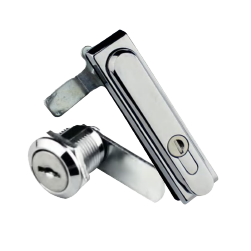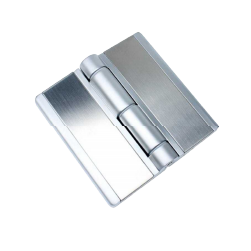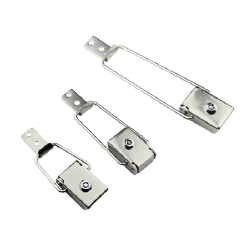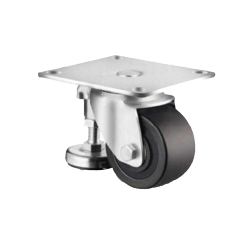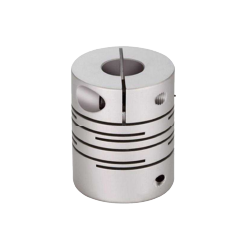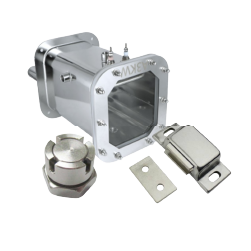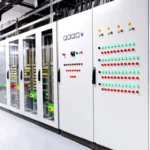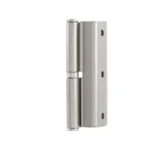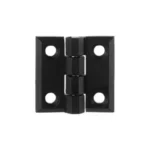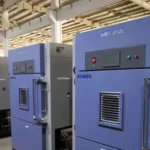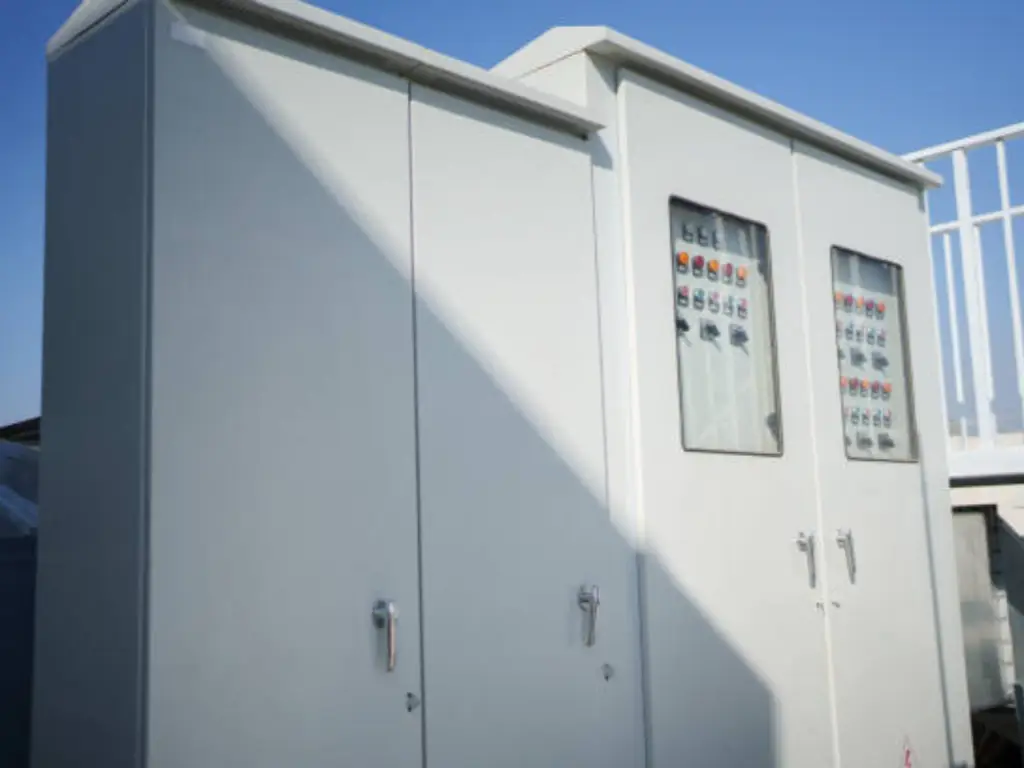
An electrical enclosure is an important choice that is at the core of any serious engineering project. It is a decision that directly affects the safety of the staff, the durability of vital equipment, and the dependability of a specific mechanism as a whole. Making a wrong decision may cause disastrous equipment breakdown, expensive downtimes, and serious safety risks. It is a professional manual that gives a direct and professional approach to comprehending the variables in play and makes an informed choice. We will discuss the standard of critical requirements, material, and design, which constitute a proper enclosure specification, and we will pass through basic knowledge to fine details that can distinguish between a solution that is satisfactory and one that is strong and well-built.
What is an Electrical Enclosure? & Why Your Enclosure Choice is So Critical
An electrical enclosure is a cabinet or housing that is used to enclose electrical and electronic parts. It plays a central role in any sound engineering project, and it has three essential roles: the safety of personnel, the protection of components, and the stability of operations.
First, it offers a physical barrier against unintentional exposure to energized equipment and reduces the risk of electric shock and injury. Second, it protects delicate electronic parts against harmful environmental conditions like dust, moisture, and corrosive substances, which may lead to shorts, wear and tear, and early breakdown.
Through these functions, a properly defined enclosure will guarantee the reliability and uptime of the entire system. The decision is crucial as a poor enclosure puts individuals and costly machinery at great risk. It is an underlying investment in safety and business continuity, where the choice of the appropriate degree of protection is the key to the success of the project.
Types of Electrical Enclosures By NEMA Ratings
The National Electrical Manufacturers Association (NEMA) offers a standards system that is mostly used in North America to determine the degree of protection that an enclosure provides against a variety of environmental conditions. These ratings are one of the factors that are considered in the design and selection of enclosures. In contrast to other systems, NEMA ratings also include the construction details, material requirements, and performance tests under certain conditions.
The most common NEMA ratings and their industrial applications are listed below.
| NEMA Rating | Protection Against | Typical Industrial Applications |
| NEMA 1 | Light splashing and dripping of water, contact with internal equipment, falling dirt. | Indoor Use Only. General-purpose applications in clean, dry environments. Ideal for housing controls, circuit boards, and electrical components in office buildings, light manufacturing facilities, and areas without significant dust or moisture. |
| NEMA 3R | Rain, sleet, snow, external ice formation, falling dirt. | Indoor or Outdoor Use. Commonly used for outdoor applications like utility boxes, lighting contactors, and junction boxes. The design allows for ventilation while preventing ingress from falling rain and snow. Not dust-tight. |
| NEMA 4 | Windblown dust, rain, sleet, snow, splashing water, and hose-directed water. | Indoor or Outdoor Use. A popular choice for applications requiring washdown capability. Frequently specified for machinery on factory floors that is regularly cleaned with hoses, as well as outdoor applications that may be exposed to pressurized water streams. |
| NEMA 4X | All protections of NEMA 4, plus significant corrosion resistance. | Indoor or Outdoor Use in Harsh Environments. The “X” signifies corrosion protection. This is the standard for wastewater treatment plants, food and beverage processing facilities (where caustic cleaning agents are used), marine applications, and chemical plants. Usually made of stainless steel or fiberglass. |
| NEMA 12 | Falling dirt, circulating dust, lint, fibers, dripping non-corrosive liquids. | Indoor Use Only. Designed for general-purpose industrial applications where airborne contaminants are a concern. Ideal for housing automation controls and electronic equipment in manufacturing plants, protecting against dust and light oil seepage from machinery. |
What is IP Rating in Electrical Enclosures
The Ingress Protection (IP) rating system is a global standard (IEC 60529) that is employed worldwide to define the level of protection that an enclosure offers against the ingress of solid objects (including dust) and liquids. Two digits are used to indicate IP ratings.
- The First Digit (Solids Protection): This number is between 0 and 6 and represents the degree of protection against solid foreign objects, from a large body part to the microscopic dust particles. A score of 6 indicates that the enclosure is totally dust-tight.
- The Second Digit (Liquids Protection): This is the number between 0 and 9 that defines the protection against the ingress of water, including simple vertical drips, high-pressure, high-temperature water jets, and extended immersion.
As an example, an enclosure with an IP65 rating is completely dustproof (the 6) and can resist low-pressure jets of water in any direction (the 5). This system offers a standardized, specific, and universally recognized measure of the defensive capabilities of an enclosure against typical environmental hazards.
NEMA vs IP Ratings: Are They Equivalent?
One of the most common areas of confusion with enclosure specification is the connection between NEMA ratings and IP codes. Although some general parallels exist, it is a serious mistake to assume that they can be used interchangeably. An IP rating is concerned only with the ingress protection of solids and liquids. A NEMA rating, however, includes this and also considers other aspects like corrosion resistance, construction details, and performance in certain environmental conditions such as icing.
Although a conversion chart may give an approximate cross-reference, it must be regarded as a guide. The NEMA standard usually suggests an increased degree of general robustness.
Approximate IP Equivalents for Common NEMA Ratings
| NEMA Rating | Protects Against | Approximate IP Equivalent | Key NEMA Advantage Not in IP Code |
| NEMA 1 | Falling dirt, accidental contact | IP20 | Basic construction requirements |
| NEMA 3R | Rain, sleet, snow, external ice | IP24 | Protection against external ice formation |
| NEMA 4 | Hose-directed water, windblown dust | IP66 | Watertight seal under hose pressure |
| NEMA 4X | NEMA 4 + Corrosion | IP66 | Corrosion resistance |
| NEMA 12 | Circulating dust, dripping liquids | IP54 | Oil and coolant seepage resistance |
| NEMA 6P | Prolonged submersion, external ice | IP67/IP68 | Protection against external ice formation |
Selecting a proper enclosure starts with understanding the basics of NEMA vs IP ratings. In addition to these chart comparisons, there is a more basic concept that has to be comprehended. It is not the individual component that determines the achievement and, more so, the maintenance of a certified rating such as NEMA 4X or IP66, but it is a matter of total systems engineering. Any vulnerability in the system may result in the complete breakdown of the protective standard.
Thus, the specification should be viewed as a system to obtain the desired certification, and all the elements, such as the box structure and each piece of hardware, each accessory, and each cutout, should be of the same high standard.
In this system, the hardware elements tend to be the most important determinant of whether an enclosure will continue to retain its protective integrity in the long term. The reason is that locks, latches, and hinges are the dynamic, moving, and stressing components of the assembly. Selecting the right model from the many electrical panel lock designs is absolutely essential. When a compression latch becomes corroded and loses its sealing pressure, or a hinge becomes sagging over time and the gasket seal is broken, the costly NEMA 4X stainless steel cabinet ceases to serve its purpose.
This is the problematic question that the special manufacturers, such as KUNLONG, are devoted to. Over the last twenty years, KUNLONG has concentrated solely on industrial hardware, offering strong locks, hinges, and handles designed specifically to fulfill and sustain these challenging electrical enclosure criteria. This guarantees the required degree of protection throughout the entire lifecycle of the product. This kind of attention will avoid the expensive, mission-critical failures that come about due to the neglect of the importance of high-quality access hardware.
Material Types of Electrical Enclosure
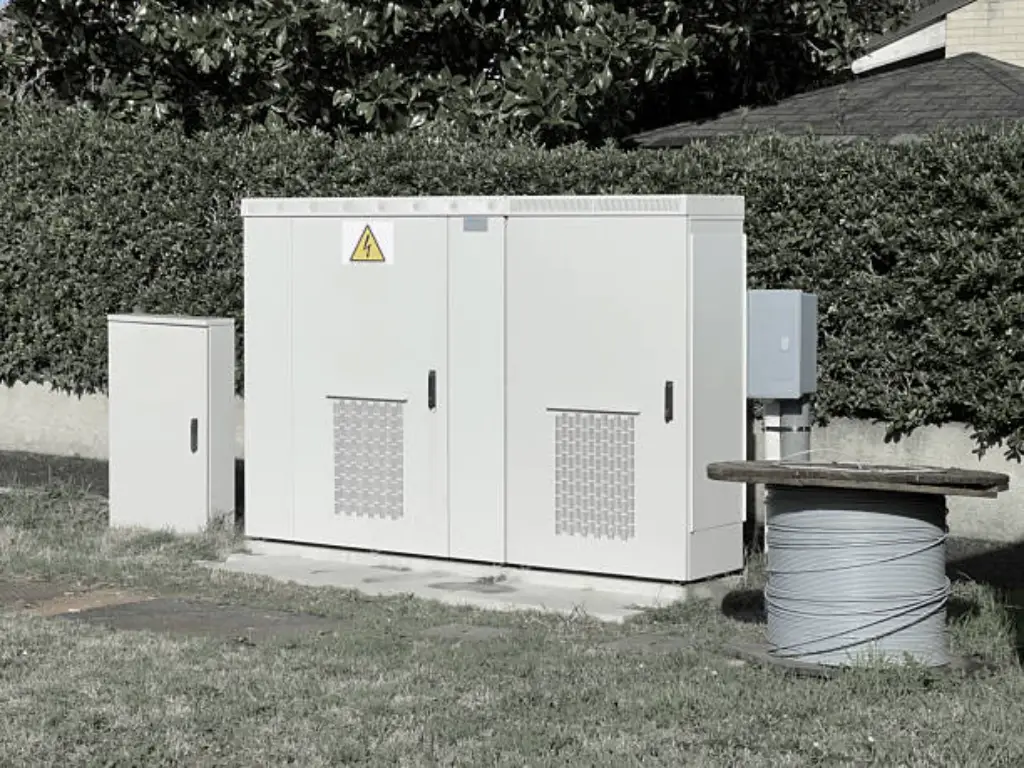
The choice of the material to be used in an enclosure is as significant as the rating. The decision has a direct impact on its longevity, weight, price, and ability to withstand certain environmental conditions. This is the most important consideration that will always begin with a comprehensive bill of materials.
Stainless Steel (SUS 304, SUS 316)
- Pros: The best option in terms of corrosion resistance and chemical resistance. SUS 316 is more resistant to chlorides (such as salt), and therefore it is suited to marine and coastal environments. It is very strong mechanically, easy to wash, and offers a hygienic surface that is applicable in the food, beverage, and pharmaceutical industries.
- Cons: It is the costliest material choice and weighs more than aluminum or plastics.
- Best For: NEMA 4X applications, washdown, medical and food processing, marine equipment, and any other environment where there is high exposure to corrosive agents.
Carbon Steel
- Pros: A strong and cost-effective material. It is easily made and provides good protection for general-purpose use. It is normally coated with a powder finish to protect the environment.
- Cons: Without its protective coating, it has very poor corrosion resistance. The paint may be damaged or scratched, and this may easily result in rust, particularly in wet conditions.
- Best For: NEMA 1 and NEMA 12 indoor use applications where cost is a primary driver and exposure to moisture or chemicals is minimal.
Aluminum
- Pros: Offers an excellent strength-to-weight ratio, being significantly lighter than steel. It is naturally corrosion-resistant, and can be strengthened by anodizing. It is also a good thermal conductor and thus a good option in electronic enclosures where thermal management is an issue.
- Cons: It is more expensive than carbon steel and can be susceptible to galvanic corrosion if in contact with dissimilar metals. It is also not as hard as steel and can easily be dented.
- Best For: Outdoor applications where weight is a concern (e.g., pole-mounted units), enclosures for medical devices, and transportation. It is also non-sparking, which makes it applicable in certain hazardous location designs.
Polycarbonate
- Pros: A high-impact-resistant thermoplastic that is lightweight and easy to modify (drilling holes, cutouts). It is very resistant to UV rays and can be used outdoors without fading or losing its color. It is also an excellent electrical insulator.
- Cons: Susceptible to damage from certain chemical solvents and has lower mechanical strength than metal enclosures. It is also able to accumulate static electricity.
- Best For: Applications requiring lightweight, impact-resistant solutions with potential for on-site modifications. Wi-Fi hotspots, telecommunications, and control stations are typical applications.
Fiberglass (Fiberglass Reinforced Polyester)
- Pros: Unmatched chemical resistance, making it superior to even stainless steel in certain aggressive chemical environments. It is lightweight yet has high strength and dimensional thermal stability across a wide range of temperatures.
- Cons: Can be more expensive than polycarbonate. Drilling or cutting fiberglass can release dust that requires respiratory protection. It can also be susceptible to cracking from impacts in very cold temperatures.
- Best For: The harshest industrial environments, such as chemical plants, wastewater treatment facilities, and oil and gas installations, where exposure to a variety of materials and chemicals is constant.
Common Mounting Styles and Form Factors
The mounting style of an enclosure is determined by its physical location and incorporation. They serve a distinct purpose in general mechanical design.
- Wall-Mount: This is the most widespread kind of enclosure. They are made to be attached directly to a flat vertical surface. They can be used to house controls, instrumentation, and junction boxes, and are conveniently placed off the floor, which helps in cable management and tidiness.
- Floor-Mount (Freestanding): These are huge, free-standing cabinets that are placed on the floor. They are employed to accommodate large control systems, motor starters, and power distribution devices. They can be arranged with many internal parts, such as DIN rails, power supplies, and PLCs, due to their size.
- Pole-Mount: This is a variant of the wall-mount design, in which these enclosures are equipped with special hardware (brackets or channels) that enable them to be firmly attached to round or square poles. They are also required in outdoor systems like traffic control systems, security cameras, and telecommunications equipment.
- Flush-Mount: These enclosures are made to fit in a hole in a wall, such that the front cover is level with the wall. This gives a clean, non-obtrusive installation, which is frequently sought after in commercial buildings, labs, or other places of public access to reduce protrusion and eliminate sharp edges.
A Quick Selection Checklist For the Right Enclosure
A rational checklist can be used to simplify the design process of selecting an enclosure. These questions will help you to find a valid and affordable solution.
1. Define the Environment: Does the enclosure use indoor or outdoor? What are the environmental conditions around? Will it be subjected to dust, water, oil, chemicals, or corrosive salt spray?
2. Select the Level of Protection: What NEMA or IP rating is needed, depending on the environment? Will it be dripped (NEMA 1), rained (NEMA 3R), hose washed (NEMA 4), or corrosively washed (NEMA 4X)?
3. Choose the Material: Is it necessary to have the corrosion resistance of stainless steel or fiberglass? Does the lightness of an aluminum enclosure matter? Or does it require a cost-effective carbon steel or plastic enclosure?
4. Take into account Thermal Management: What will be the amount of heat produced by the internal components? Is passive ventilation sufficient, or is active heat dissipation necessary using fans, heat exchangers, or air conditioners? The material used in the enclosure will also be a major factor here.
5. Size and Mounting: What are the physical dimensions of the components to be mounted? Make sure that there is proper safety clearance of wiring and future additions. In what way will the enclosure be attached, to a wall, floor, or pole?
6. Assess Hardware Integrity: Do not consider hardware as a by-product. Do the hinges support the weight of the door and the frequency of use? Is the latching system compressing enough to ensure the seal? Name the hardware of a reputed vendor. In the case of a demanding application, a meeting with a hardware expert such as KUNLONG, can avoid failure in the future, as they are well informed about the compatibility of certain components to certain environmental conditions and tolerance tests.
7. Evaluate Customization Requirements: Do the standard product fit your requirements, or do you need custom enclosures with special cutouts, colors, or branding? The initial contact with a manufacturer with a good manufacturing process in terms of customization is important.
Conclusion
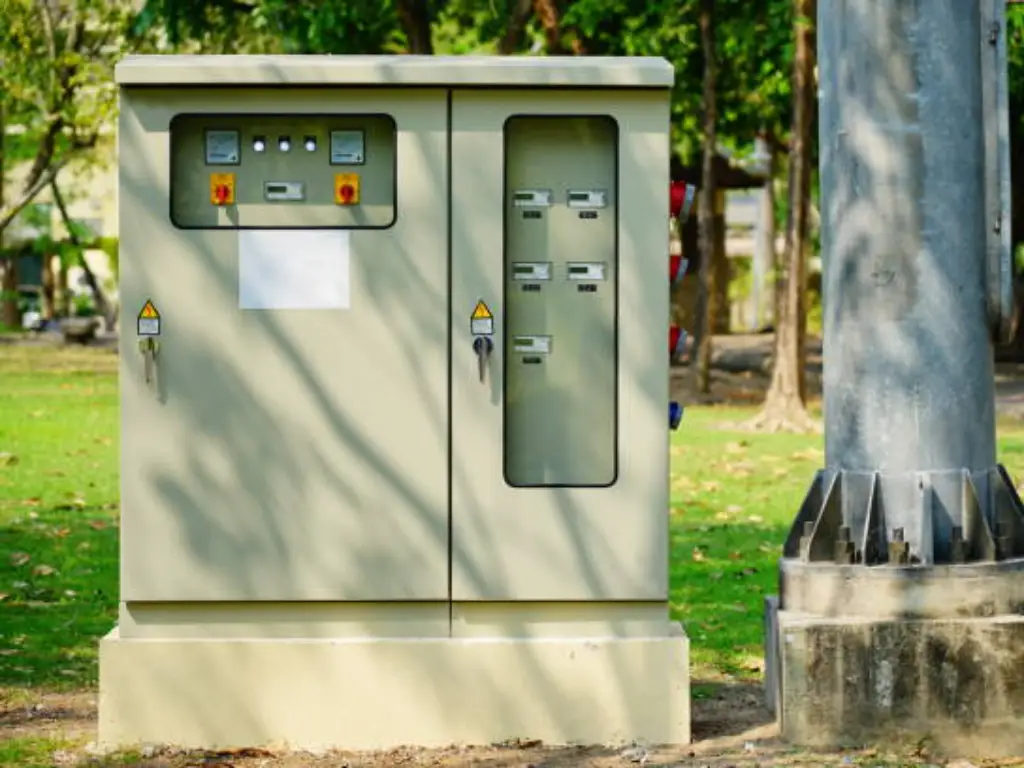
Electrical enclosure selection is one of the most important engineering processes that directly affects the safety, reliability, and life of your whole system. Through a systematic assessment of the environmental factors, the standards of protection needed, and the properties of the materials, you will be able to make a wise choice that will protect your investment.
It is important to remember that the integrity of your whole system, and the correctness of its NEMA or IP rating, is not only dependent on the box, but also on the quality and longevity of its access hardware. The locks, hinges, and handles are not accessories, but very important parts that guarantee long-term protection against ingress and unauthorized access.
In order to have all the elements of your enclosure system to the best standards, visit the industrial hardware solutions at KUNLONG, which are specialized. Talk to their engineering department about your application requirements.

